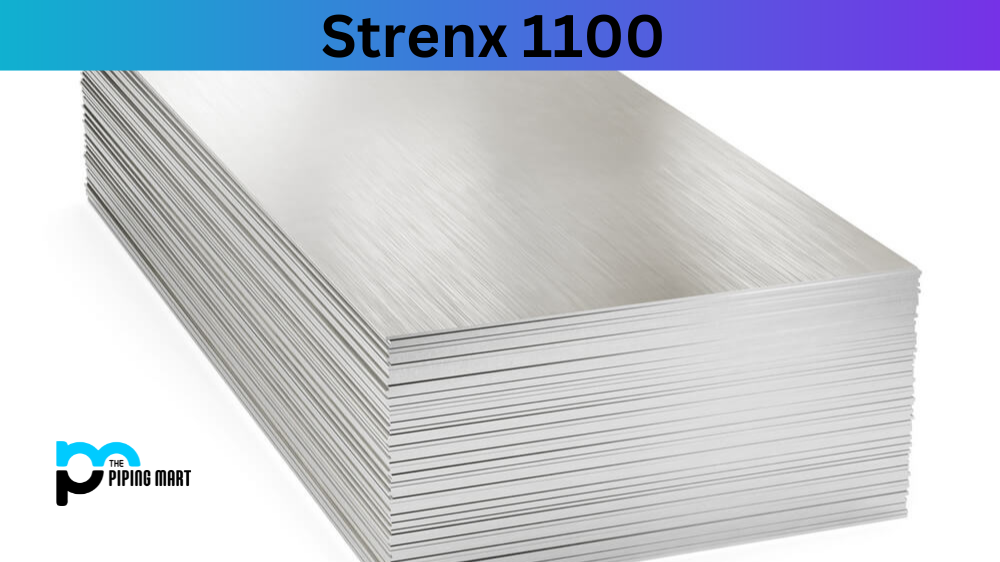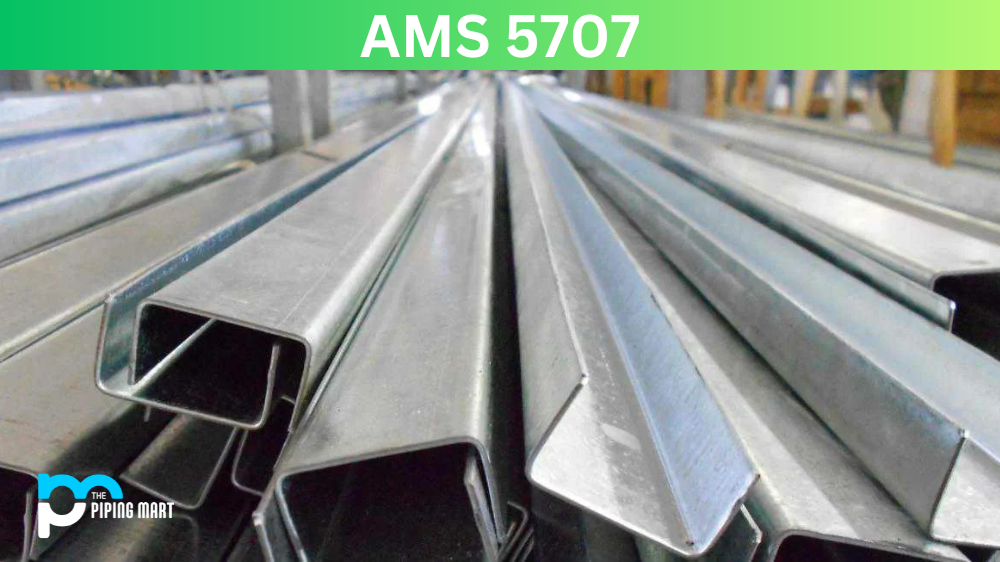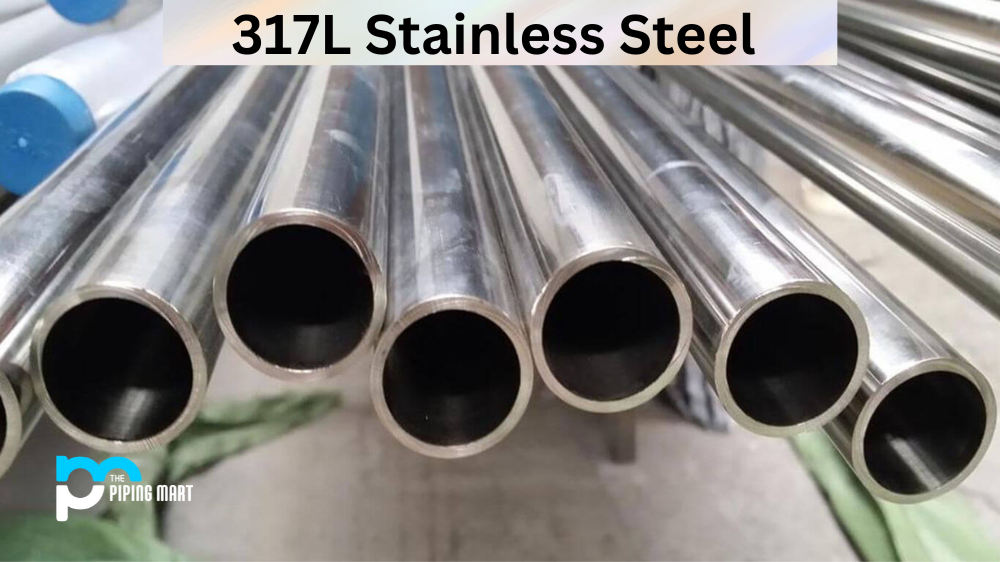Are you looking for sturdy, reliable steel that can withstand tough environments and high stresses? Look no further than Strenx 1100 – a versatile, high-strength structural steel that offers unbeatable toughness, durability, and weldability. In this post, we’ll delve into the composition, mechanical and physical properties, uses, corrosion resistance, heat treatment, machining, and welding of Strenx 1100, giving you an expert insight into this popular steel option.
What is Strenx 1100?
Strenx™ 1100 is a hot-rolled structural steel with high strength, cold formability, and weldability. It offers superior load-bearing capacity compared to other mild steels, making it suitable for use in various applications such as bridge components, frames and trucks, wind towers and crane booms. Additionally, its consistent metallurgy ensures even product performance across the entire product range.
Strenx 1100 Composition
Strenx 1100 is a quenched, tempered high-strength steel made from iron, carbon, manganese, phosphorus, sulfur, chromium, and molybdenum. It is typically produced as a hot-rolled plate or sheet and is available in thicknesses ranging from 4-130 mm.
| C *) (MAX %) |
SI *) (MAX %) |
MN*) (MAX %) |
P (MAX %) |
S (MAX %) |
CR*) (MAX %) |
CU*) (MAX %) |
NI*) (MAX %) |
MO*) (MAX %) |
B*) (MAX %) |
|---|---|---|---|---|---|---|---|---|---|
| 0.21 | 0.50 | 1.40 | 0.020 | 0.005 | 0.80 | 0.30 | 3.0 | 0.70 | 0.005 |
Strenx 1100 Mechanical properties
Strenx 1100 offers exceptional tensile strength – up to 1100 MPa – and a high yield strength of approximately 900 MPa. It has excellent toughness, impact strength, and ductility and can perform well in low temperatures. Moreover, Strenx 1100 has good fatigue strength and can resist deformation and buckling under high loads.
| THICKNESS (mm) |
YIELD STRENGTH RP0.2 (MIN MPa) |
TENSILE STRENGTH RM (MPa) |
ELONGATION A5 (MIN %) |
|---|---|---|---|
| 4.0 – 4.9 | 1100 | 1250 – 1550 | 8 |
| 5.0 – 40.0 | 1100 | 1250 – 1550 | 10 |
Strenx 1100 Physical properties
Strenx 1100 has a density of 7.85 g/cm³ and a specific heat capacity of 470 J/kgK. It has a low thermal expansion coefficient and can withstand temperatures up to 700°C without losing its strength.
Strenx 1100 Carbon Equivalent CET(CEV)
Strenx 1100 Uses
Strenx 1100 is primarily used in heavy-duty applications that require a high level of strength, such as construction cranes, mining equipment, offshore drilling rigs, trailers, and truck chassis. It is also commonly used to manufacture pressure vessels, bridges, and other structural components.
Strenx 1100 Corrosion resistance
Strenx 1100 has good resistance to atmospheric corrosion and can withstand exposure to weathering elements, such as rain, wind, and sun, without corroding or rusting. However, it is not ideal for environments with acidic or alkaline conditions as it may corrode under these circumstances.
Strenx 1100 Heat treatment
Strenx 1100 can be heat-treated at temperatures between 500-700°C and then cooled in air or water. This process can increase the hardness and strength of the steel but may also affect its toughness and ductility.
Strenx 1100 Machining
Strenx 1100 can be machined using conventional metalworking techniques, such as drilling, sawing, milling, and turning. However, its high strength and hardness can make it more challenging to cut and shape than other metals.
Strenx 1100 Welding
Strenx 1100 can be easily welded using standard welding methods, including manual, semi-automatic, and automatic welding. However, the steel’s high strength and low weldability may require more advanced techniques, such as laser welding or electron beam welding.
Conclusion
Strenx 1100 is an excellent choice of high-strength steel for applications that require a rigid, durable, and efficient material. Its combination of mechanical, physical, and corrosion-resistant properties makes it ideal for use in harsh environments, and its heat treatment and welding capabilities offer flexibility in manufacturing and fabrication. Whether you’re in the construction, mining, or transportation industry, Strenx 1100 is worth considering for your next project.

Abhishek is a seasoned blogger and industry expert, sharing his insights and knowledge on various topics. With his research, Abhishek offers valuable insights and tips for professionals and enthusiasts. Follow him for expert advice on the latest trends and developments in the metal industry.




